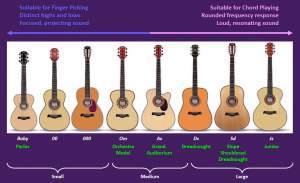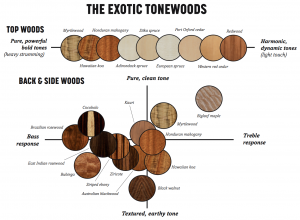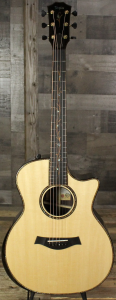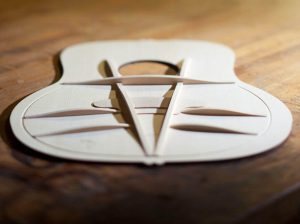With the release of the Amazon Prime show “The Lord of the Rings: Rings of Power” many people are looking to return to, or start reading, the books that started it all. Of course, the main books are The Hobbit, The Lord of the Rings trilogy, and The Silmarillion. Then there are others like the Unfinished Tales. For those who wish to dig deeper into the core of the Middle Earth lore, you have the 12-volume The History of the Middle Earth and the new The Nature of the Middle Earth.
If you are familiar with the material, I have seen a reference guide put together to get you up and running quickly. Below is the list of essential reading to understand the Lord of the Rings: Rings of Power story.
Please do note that the showrunners have rights to limited mater ial from the Tolkien Estate, and the histories (from The Lord of the Rings appendices) do not always tell a story. In order to tell a cohesive story, there are some original characters introduced, timeline compressions, and other adjustments made for the medium of television. In my opinion, I am glad I am living in an age where an attempt is made to bring the world to this medium to bring new people to the journey through the Middle-Earth.
ial from the Tolkien Estate, and the histories (from The Lord of the Rings appendices) do not always tell a story. In order to tell a cohesive story, there are some original characters introduced, timeline compressions, and other adjustments made for the medium of television. In my opinion, I am glad I am living in an age where an attempt is made to bring the world to this medium to bring new people to the journey through the Middle-Earth.
Without further adieu, here is your reading list,
- Volume 1, Book 1, Chapter 2: “The Shadow of the Past“
- Volume 1, Book 2, Chapter 2: “The Council of Elrond“
- Volume 2, Book 4, Chapter 5: “The Window on the West“
- Appendix A, “The Númenorean Kings“
- Appendix A, “Durin’s Folk“
- Appendix B, “The Second Age“
- Appendix D, “The Calendars“
- Appendix F I, “Of Men“
The Letters of J.R.R. Tolkien:
- Letter 131
- Letter 144
- Letter 154
- Letter 181
- Letter 211
- Letter 227
- Part 4: “Akallabêth: The Downfall of Númenor“
- Part 5: “Of the Rings of Power and the Third Age“
- Part 2, “The Second Age“
- II “Aldarion and Erendis: The Mariner’s Wife“
- III “The Line of Elros: Kings of Númenor“
- IV “The Historv of Galadriel and Celeborn“
- Part 4,
- I “The Drúedain“
- II “The Istari“
- III ‘The Palantíri‘
- Volume 5: The Lost Road
- Part 1 The Fall of Numenor.
- Volume 9: Sauron Defeated
- Part 2 The Notion Club Paners
- Appendix on Adûnaic, the language of Númenor
- Volume 10: Morgoth’s Ring
- Part 4, Athrabeth Finrod ah Andreth
- Volume 12: The Peoples of Middle-earth
- Part 1, Ch. 5. The History of the Akallabêth”
- Part 4 Ch. XVII Tal-Elmar
- Part 1, Chapter XVII
- Part 3
Many chapters touch on Second Age, directly or indirectly in part 3
There are few things as rewarding as losing yourself in a great book series. With its expansive worldbuilding and complex characters, Tolkien’s Lord of the Rings trilogy is one of those series. If you’re planning on binge-watching the television adaptation or are just looking for background material to expand your knowledge of the lore of the Middle-Earth, you can’t go wrong with the above list.
Happy reading! And Happy Watching.
Update:
J.R.R. Tolkien’s The Fall of Númenor: And Other Tales from the Second Age of Middle-earth book by Brian Sibley & Alan Lee was released on November 15, 2022. You can get it from the link above.
In this book, editor Brian Sibley has assembled a single-volume chronicling the history of the Second Age of Middle-earth. It is told in the words of Tolkien from above mentioned as well as other published texts, includes new illustrations in watercolor and pencil by Alan Lee.
Brian Sibley has also added extensive footnotes and commentary throughout the book.
This is the one book to rule them for the Second Age History of Middle-Earth.
JPS Nagi
Sept. 6, 2022/ Updated Nov. 20, 2022




